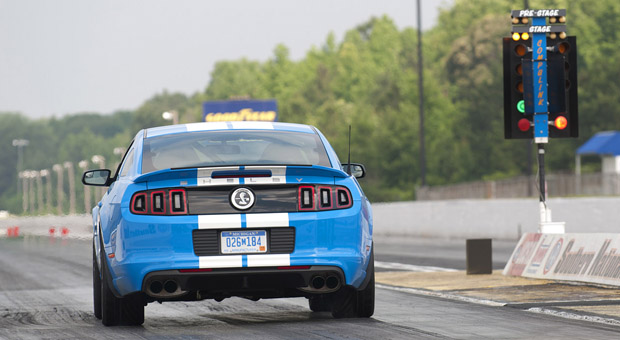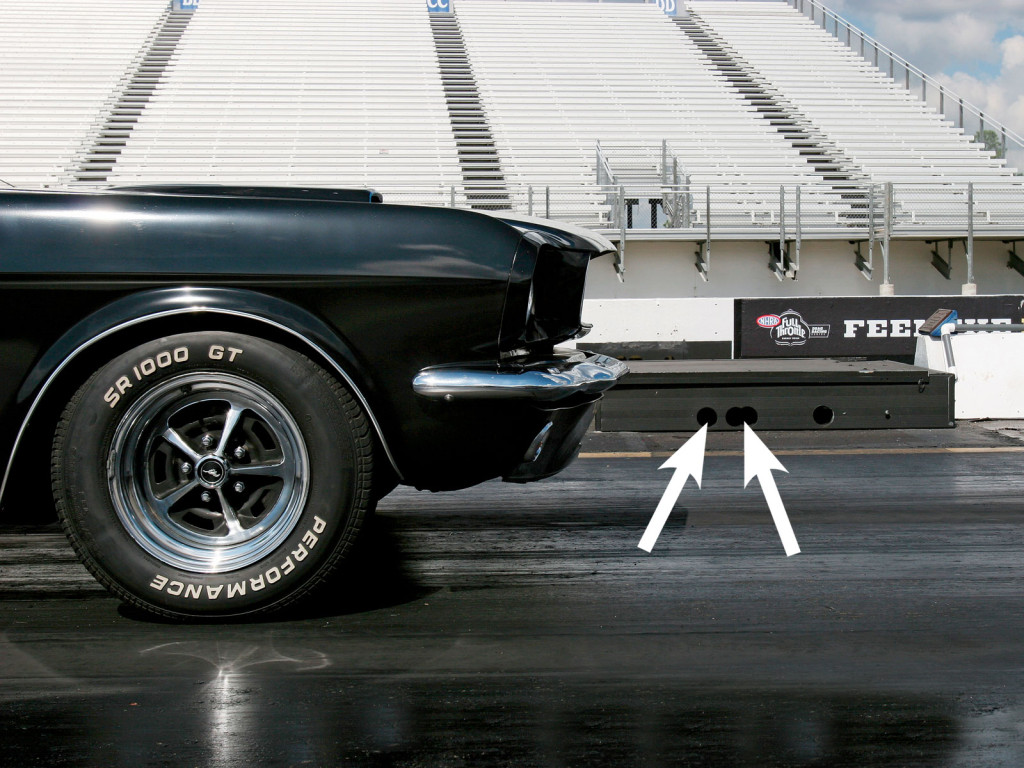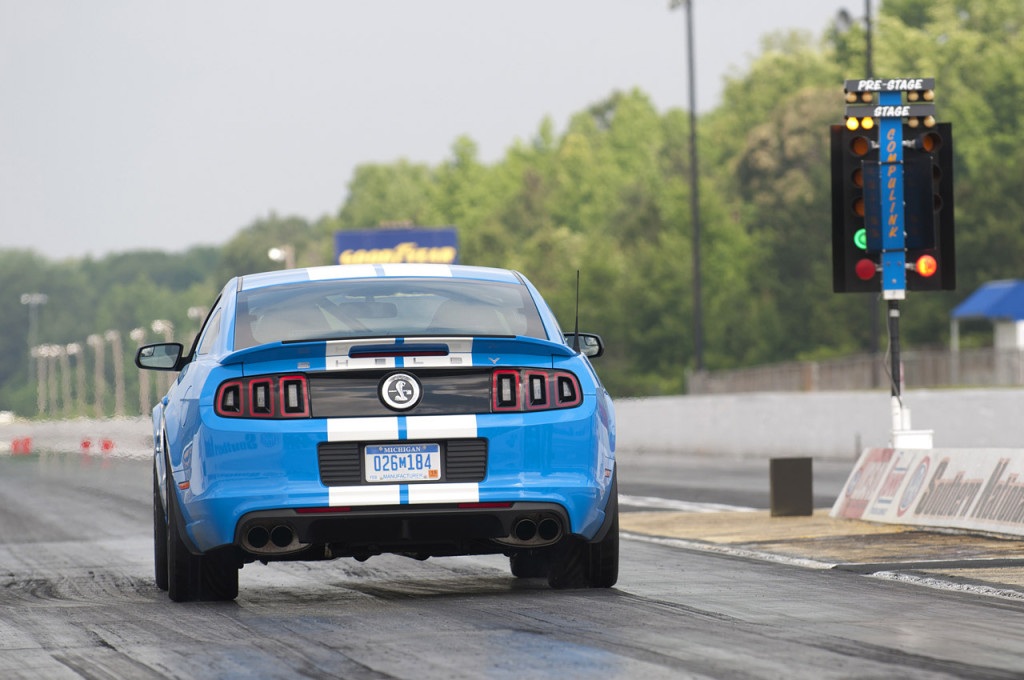
Drag Race 101: Staging Basics for Beginners
When it comes to winning drag races, it might be surprising to know that many times, the race is over before the cars even reach the 60-foot mark on the drag strip. The race was won by the winning driver’s reaction to the starting light, or his reaction time. A perfect reaction time is .000, and since a person’s reaction time is not only affected by his or her reflexes, but the way you stage your car, achieving that all-to-infrequent perfect light is a rarity. But, the closer you can get, the better off you are.
In order to get a good reaction time, you not only need good reflexes but a proper understanding of the starting lights or “Christmas Tree,” so you can properly stage your car to start the race.
The tree is made up of three sets of bulbs. At the top of the tree, are two sets of double-yellow bulbs on each side (one for each lane). The top set is called the Pre-Stage bulbs. The Pre-Stage bulbs tell the driver that he or she is nearing the starting line. The second set just underneath them are called the Stage bulbs. They indicate that you have reached the starting line.
The next grouping of bulbs is the three amber “countdown” bulbs. When bracket racing, these bulbs will light in sequence, .500 second apart. When these lights start to come on individually, that means the race is about to begin. The last two lights at the bottom of the tree are the green and red lights. The green light will come on immediately after all of the amber bulbs have lit. If the red light comes on, the driver of the car in that lane left too soon, and lost the race.

Since reaction times often win races, how they are calculated? The reaction timer starts when the third amber light comes on, and the reaction timer stops when the car actually starts to leave the starting line.
When you are staging your car on the starting line there are two pairs of photocells on each lane. The photocells detect your car when your front tire breaks the light beam that crosses the lane. The two photocells activate the Pre-Stage, and the Stage lights. When the car inches forward and breaks the first beam of light, the Pre-Stage light comes on. Most tracks have a rollout, or a measured distance between the Pre-Stage and Stage beams. This is typically around 7-inches. Once the driver breaks the first beam, they continue move the car forward until the car’s tire breaks the second photocell beam, lighting the Stage bulbs on the tree. When both the Pre-Stage and Stage lights are lit, this means that the driver is on the starting line, and ready to go.
There is also a situation called a Deep Stage, where the driver bumps his car forward even more until only the Pre-Stage bulb goes out. This means that his tire has just left the Pre-Stage beam. Deep staging is used to reduce a car’s reaction time, as it puts more of your front tires ahead of the Stage beam. While this technique does improve your reaction time, it also increases your chances of red-lighting if you don’t time your launch just right. Needless to say, Deep Staging requires a lot of practice.
Ok, now that you have staged the car, you need to wait for the green light to come on, correct? WRONG! If you have waited for the green light to come on before you leave, you already lost the race. The proper time for most cars to launch, is as soon as the last amber light actually comes on. This is because it usually takes about .500 second for you to actually react to the light, and then another fraction of a second for your car to respond to your reaction. If you leave on the green your reaction time will be at least a full second. If you’re not driving a dedicated race car, your car might even take longer to finally start moving after you hit the throttle.
Finding the proper launch technique for your personal car is a trial and error situation. It takes practice to figure out how to get your reaction time as close to perfect as possible. Thankfully, the practice sessions are a whole lot of fun.




Leave a Reply